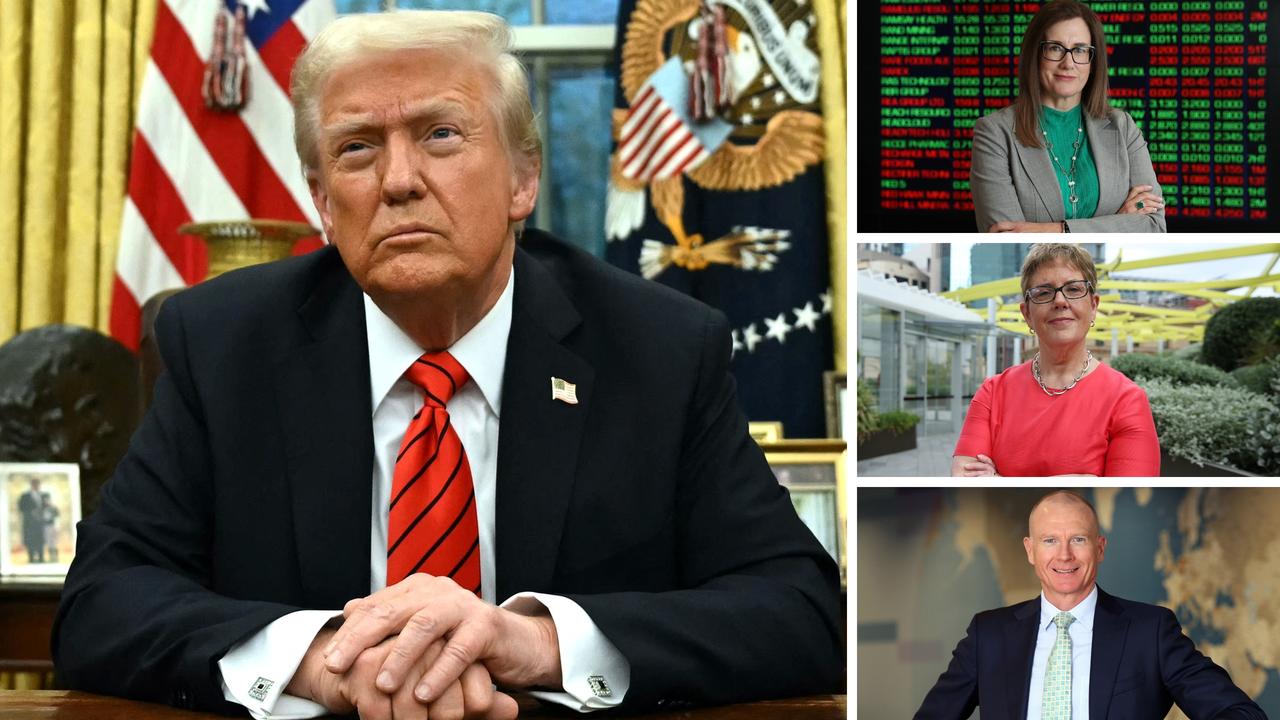Coles sales growth set to pip Woolworths
Coles is tipped to regain sales growth leadership as a demerger looms, but Woolworths will hit back next year.

Coles is expected to emerge as a newly-listed independent company with store sales growth superior to its archrival Woolworths, although the nation’s second biggest supermarket chain will face the headwinds of costs associated with the phasing out of plastic bags.
Coles has also gained an advantage over Woolworths thanks to its incredibly popular “Little Shop” collectables campaign, which was mostly paid for by suppliers, but which is expected to mean extra labour costs, as strong demand required more staff to stock shelves.
The assessment of analysts comes as the investment community await documents from Wesfarmers (WES) on its $20 billion demerger of Coles, which are tipped to land any day soon.
They will provide an insight into, and detailed financial information about, the Coles business since it was bought by Wesfarmers in 2007.
JP Morgan analyst Shaun Cousins said in a note to clients that Wesfarmers has disclosed little on the subdivisions within Coles, but details were expected in the demerger scheme booklet, which could be published as early as this week.
Coles is due to issue its first quarter sales results on October 15.
JP Morgan is forecasting that EBIT margins for Coles will remain below Woolworths in food, liquor and convenience. Mr Cousins said that based on EBIT, including new corporate costs (as a stand-alone Coles), and a 10 per cent discount to the Woolworths EBIT multiple, JP Morgan ascribes a value of roughly $18.3bn - $18.6bn for Coles.
Mr Cousins has revised upwards Coles’ first quarter like-for-like sales growth, and revised downwards the first quarter performance for Woolworths, with Coles’ lead expected to extend into the second quarter.
JP Morgan is tipping Coles to now report first quarter same-store sales growth of 4 per cent, up from an original forecast of 2.5 per cent, and for Woolworths to post 1.3 per cent growth, down from an original forecast of 1.8 per cent.
It would mean that Coles would regain crowing rights of having the fastest same-store sales growth after being beaten by Woolworths for the last seven quarters.
It would come at a perfect time as investors ponder an investment in Coles when it lists on the ASX later this year.

But Coles will still face some headwinds, said Mr Cousins.
“For fiscal 2019, the strong start to the first quarter is expected to be a positive with Little Shop expected to be break even due to significant supplier contributions, but plastic bag costs are a headwind.
“Plastic bag changes required additional labour (more hours due to slower checkout processing, more training due to the change in bags) which is expected to have offset the gain from no longer providing free plastic bags, with the profit on the sale of new plastic bags donated (as with Woolworths).
“Little Shop drove volumes more than expected, such that more inventory was required in-store to meet this higher demand, which in turn required more labour to stock shelves and working capital.”
There were also increased labour costs for Coles from a new enterprise bargaining deal.
Looking forward to the second half of 2019 and beyond, Mr Cousins forecast a return to leadership by Woolworths (WOW).
“Although expect periods of sustained success by one player or another to be less likely with less obvious mistakes, which have riddled both retailers over the last decade.
“However, we suggest that Woolworths is more likely to do better. We think Woolworths retains the superior long term strategy, with Coles tactically better, but risks remain with its strategy.”



